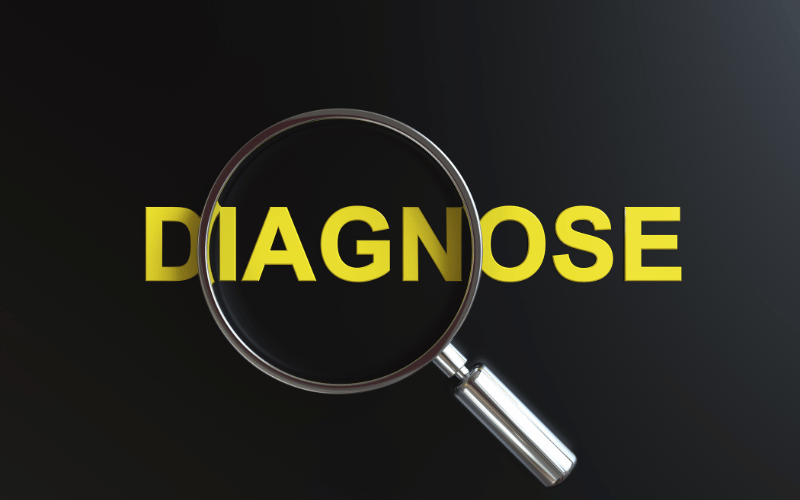Fact 5: A Multifaceted Approach to Diagnosis

Diagnosing abfraction is a multidimensional task that extends beyond the visual identification of notches on teeth. A thorough diagnosis involves an assessment of the patient’s dental history, an examination of their bite and jaw alignment, and sometimes the use of imaging technology to observe the extent of the lesions.
The dental history can provide clues to potential risk factors for AF, such as a history of bruxism or orthodontic issues. During the physical examination, the dentist will look for telltale signs of AF, such as the location and pattern of the lesions, which often correlate with areas of high stress or misalignment in the bite.
Bite analysis is another critical component of the diagnostic process. It involves evaluating how the upper and lower teeth come together and whether any teeth are subject to abnormal pressures. This can be done visually or with the aid of bite registration materials that capture the occlusal surface and reveal points of excessive force.
Imaging, such as dental X-rays, may also be used to assess the internal structure of the teeth and rule out other conditions that could mimic the appearance of abfraction, such as cavities or root resorption. These images can provide a more comprehensive view of the teeth’s condition, aiding in the formulation of an accurate diagnosis.
The multifaceted approach to diagnosing abfraction underscores the complexity of the condition and the need for professional expertise. By employing a comprehensive diagnostic strategy, dental professionals can ensure that abfraction is correctly identified and appropriately managed.
The process of diagnosing abfraction is a testament to the sophistication of modern dentistry. It involves a blend of art and science, drawing on the dentist’s observational skills, technical knowledge, and the latest diagnostic tools. It’s a process that not only aims to identify the presence of AF but also to understand its etiology and implications for the patient’s oral health. (5)